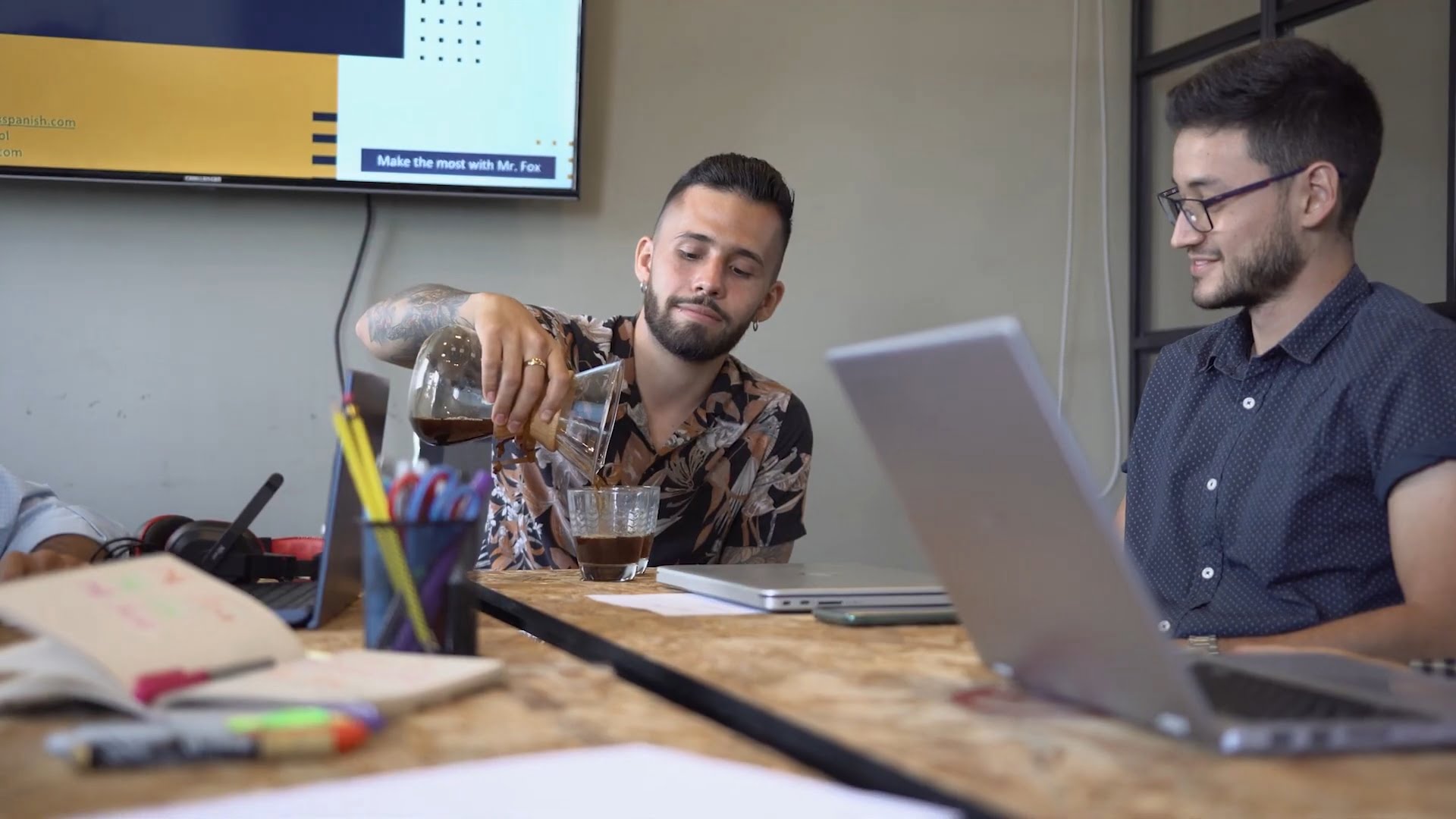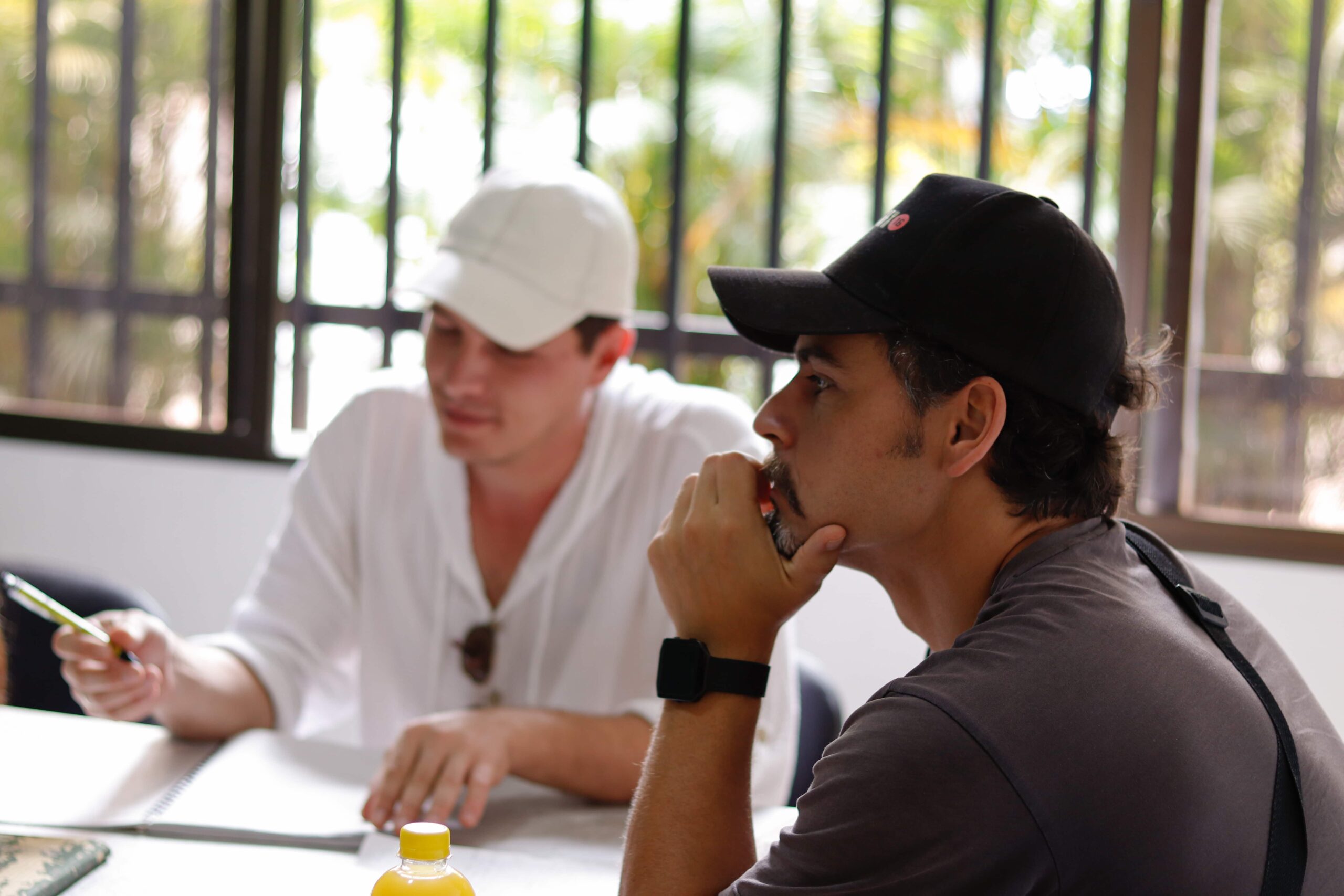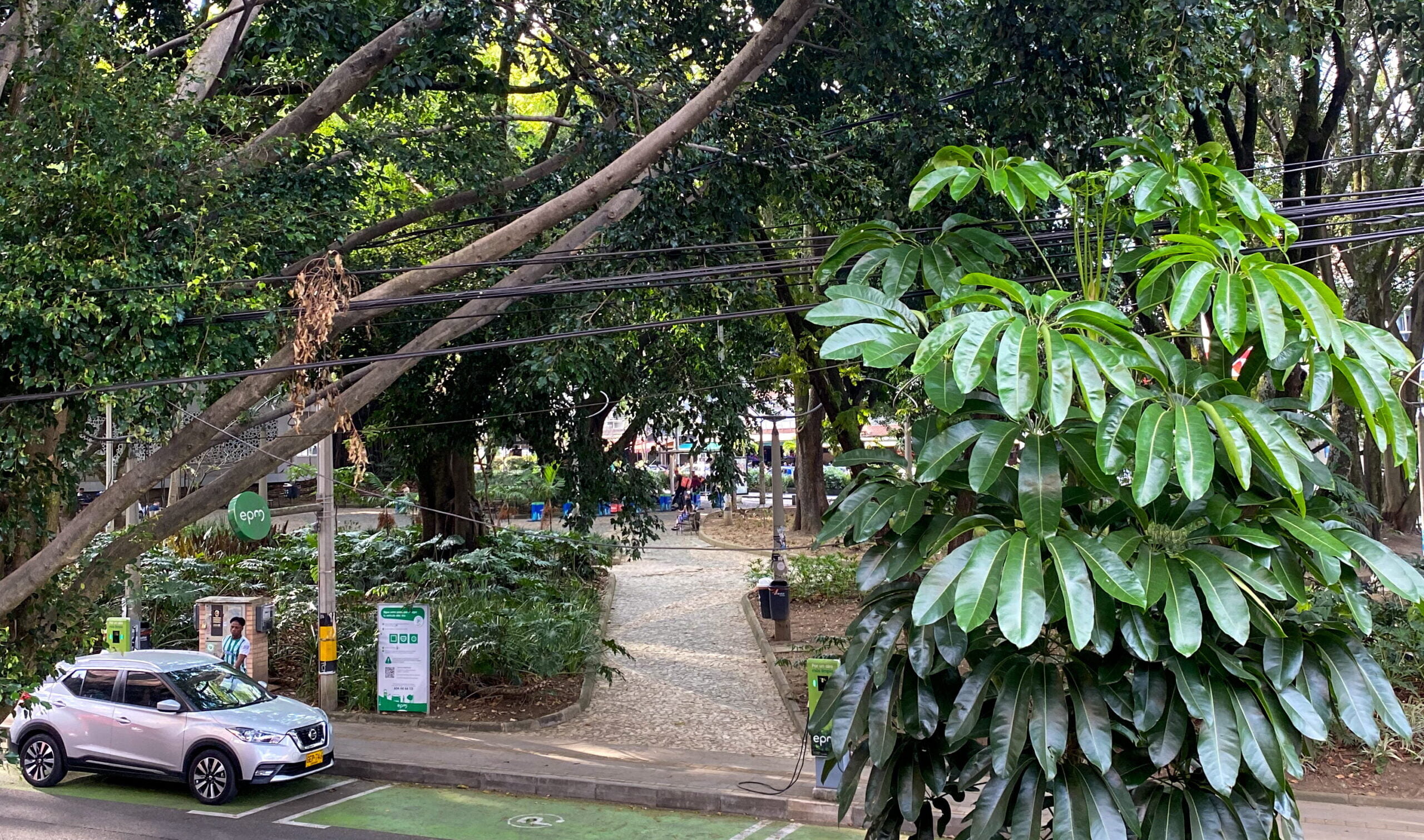Spanish, a necessary language to live and experience Colombian coffee.
Coffee culture is part of Colombia’s national identity. It is one of the most widespread and important parts of our culture. A product of the Antioquia colonization, Colombian coffee culture encompasses a series of values, principles and behaviors of a region and its people. This culture is rich in industry, tenacity, entrepreneurship and above all, its important role in the Spanish language.
History of Colombian Coffee Culture
The reason why coffee culture exists in the first place goes back to when coffee was a main engine of economic development. Paisas first settled in areas such as Risaralda, Antioquia, Quindío and Caldas because of the enormous coffee plantations that were in existence. They were then followed by those who wanted to discover new lands to use in the middle of the coffee boom. This forced many foreigners who visited the region to learn the Spanish language in order to establish themselves and be able to do business.
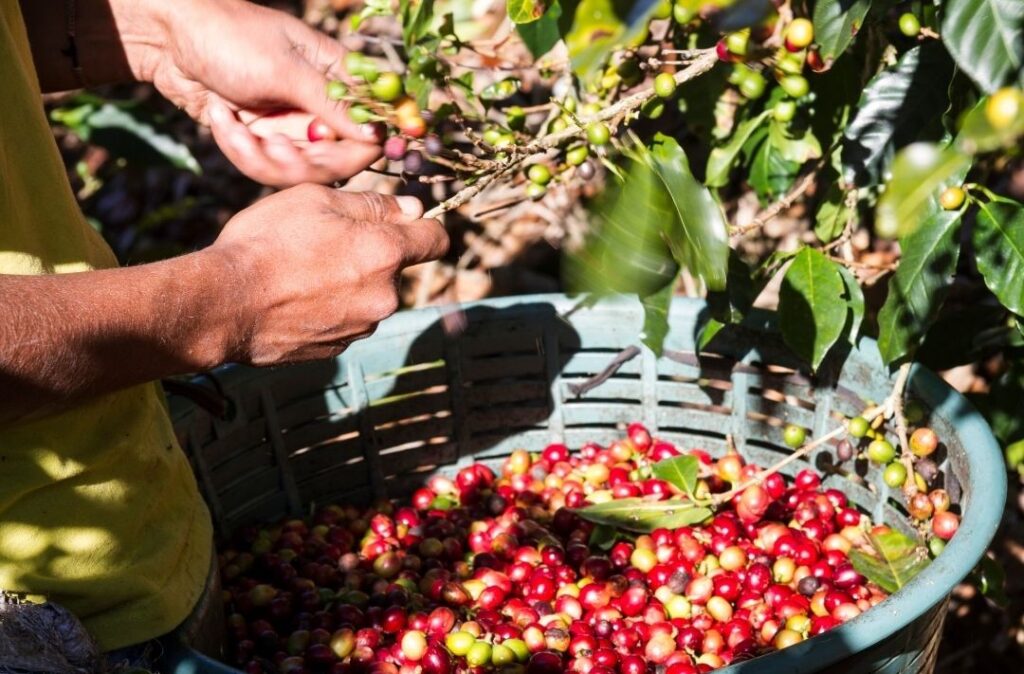
Many historical things have stood the test of time from Colombian coffee culture to this day, such as architecture, characterized by the construction of bahareque houses with Mudejar style, adorned with paintings of native flora of the coffee region, as well as the use of bright colors on doors and windows. Likewise, the entrepreneurial spirit of the first countries continues to stand out, since these departments (states) are an example of development.
Pereira is a commercial and industrial development center and one of the best cities in the world to take Spanish classes. Armenia is the capital of the Quindío department and has the most tourist attractions in the country, while Manizales and Medellín are the cities with the most universities, both public and private, in Colombia.
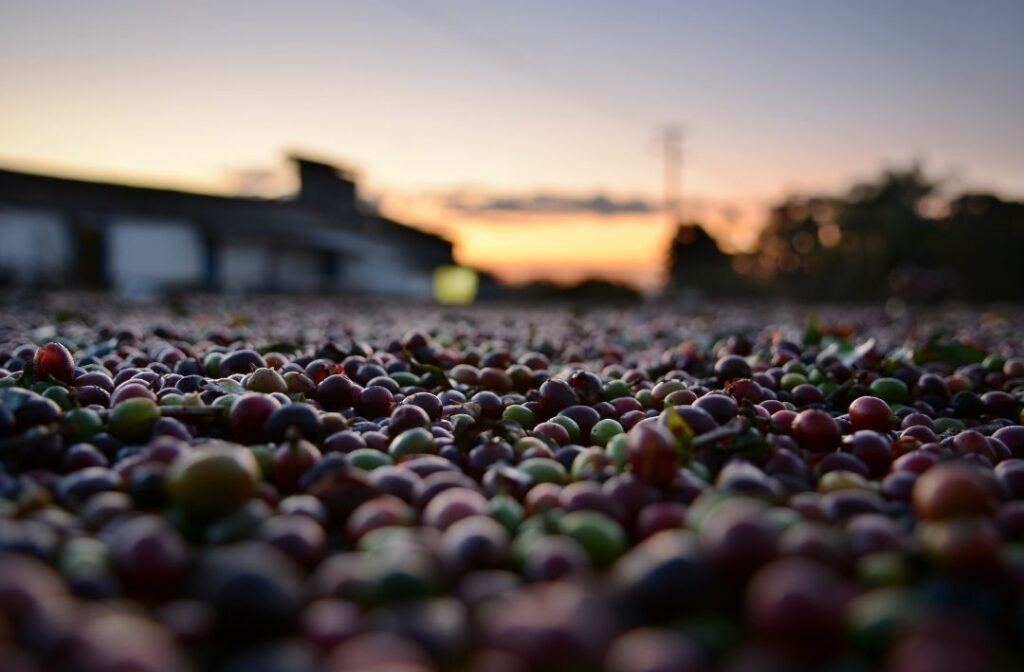
People who live in the coffee region have been the figureheads in charge of showing that coffee is not only a national product that can be exported, but also serves to attract people to the center of the country which in turn helps make foreigners want to learn Spanish there.
Learning about the coffee houses, the combination of coffee and banana plantations, speaking with native Spanish speakers who have neutral accents, as is the case of people from Pereira, have become some of the greatest attractions in the country. As a result of this, you can find many farms in which the coffee-making process is taught to locals, foreigners, and tourists, from when it is harvested until it reaches the final stage and is consumed. These demonstrations are conducted in Spanish, and they are a great opportunity to become acquainted with the language. You can also find courses in barismo, coffee tasting, methods of preparing different coffee drinks, and Paisaje Cultural Cafetero, which covers the history of coffee culture from the arrival of the colonizers to the coffee boom at the end of the 19th century.
Spanish is one of the most widely spoken languages in the world. Furthermore, the Spanish spoken in Colombia is arguably the most-refined in Latin America, which makes it one of the best places in the world to learn Spanish as a second language. If you can’t travel to Colombia, then look no further than Mr. Fox Spanish School, a school started by natives of Pereira from the coffee zone of Colombia who are all qualified to teach Spanish as a second language and the coffee culture that defines their region.
About Mr. Fox
Mr. Fox Spanish School is a space created and developed by native Spanish language professors directly from the heart of the Colombian coffee region: the city of Pereira. All of our teachers are university graduates who are qualified and experienced in teaching the Spanish language and are ready to help you to achieve your language learning goals and learning objectives.



